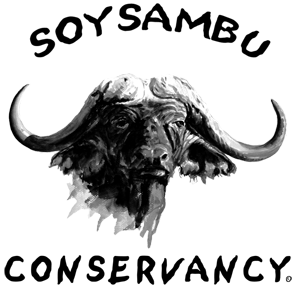Yesterday, seven volunteers from Africa Ventures plus myself spent the afternoon playing sports at the two primary schools, Mbogo and Kiboko (Swahili for Buffalo and Hippo respectively) on Soysambu Conservancy.
The schools are government run and the students attending are the children of employees from Delamere Estates Ltd and Soysambu Conservancy Ltd- all of whom live on the Conservancy. The schools are humble, Kiboko School was formerly horse stables, and Mbogo School is a series of mud and stone huts with dirt floors. Many of the children walk up to 10km, rain hail or shine to get to school each day, and their smiling faces on arrival are a testament to their eagerness to learn.
While volunteers Hannah and Suquia got a lesson in Swahili from some of the children, Chris and Alex helped the Mbogo teams to a one-all draw in soccer, then I joined in teaching the kids to play Tail Tag- which ended in a tail grabbing battle between two brothers! Mean while at the other end of the Conservancy, Volunteers Georgie, Tor and Kat at Kiboko Primary lead the soccer teams to a nil-all draw.
Soysambu Conservancy Ltd (SCL) helps to support both Mbogo and Kiboko Schools. Recently SCL has facilitated donations of student and teacher desks, along with gifts of exercise books, pencils, globes, maps and more brought by donor groups and visitors to the Conservancy. Re-commencing next year, a donor funded lunch program at Mbogo Primary will be running, providing the children with an extra nutritional boost to help them get through the day. The Conservancy is also hoping to expand the lunch program to Kiboko Primary.
If you would like to help Soysambu Conservancy Ltd’s effort to support Mbogo and Kiboko Schools you can make a donation through this Wildlife Direct blog (see donation box on the right of the screen).













